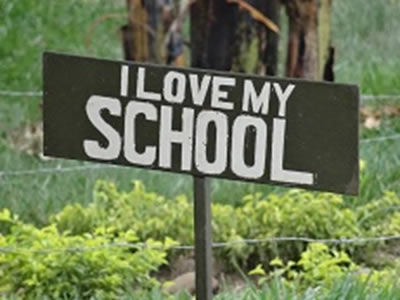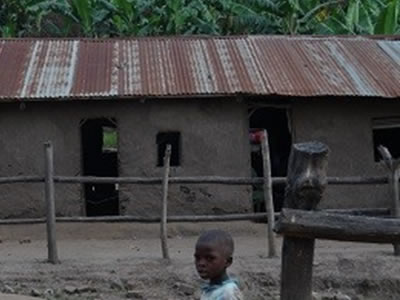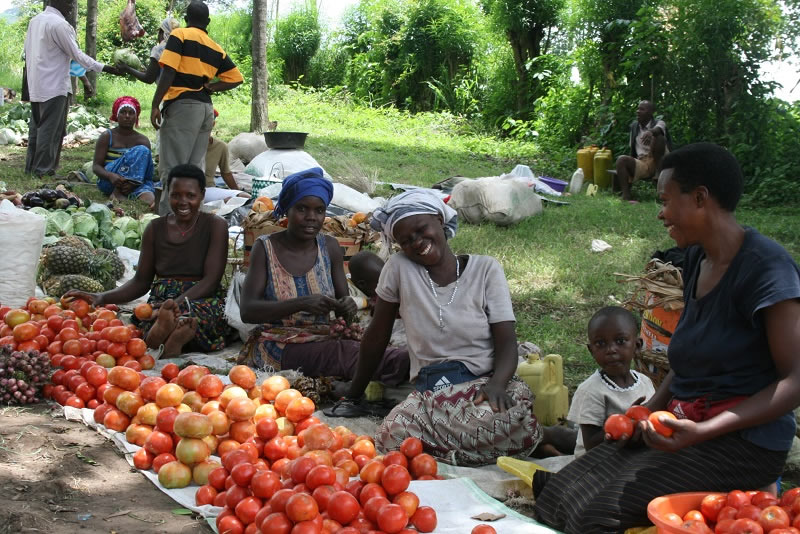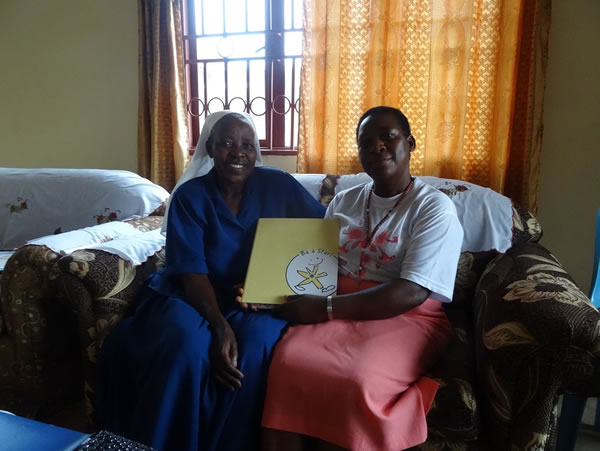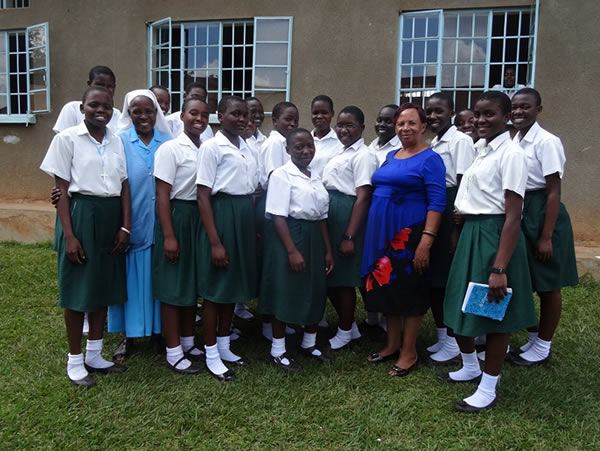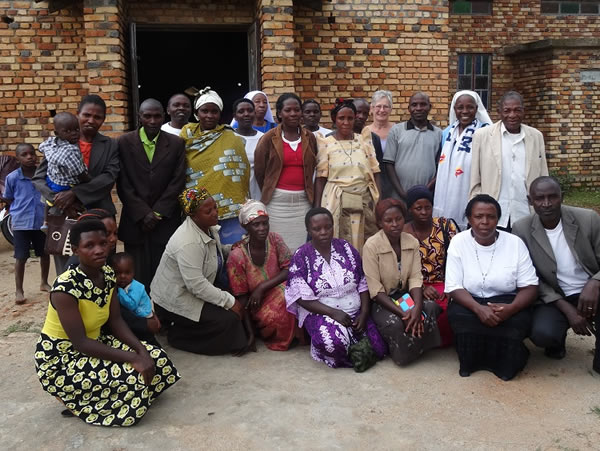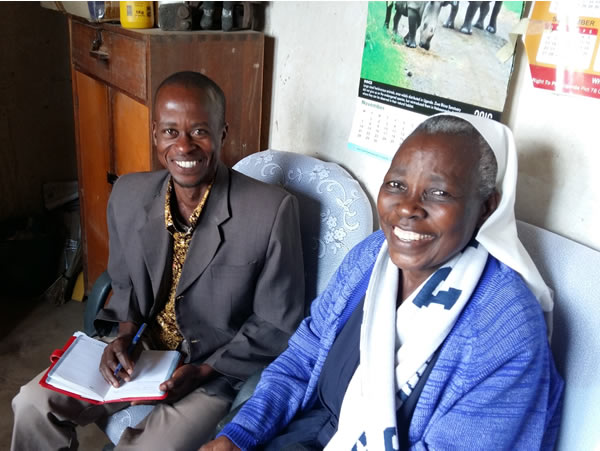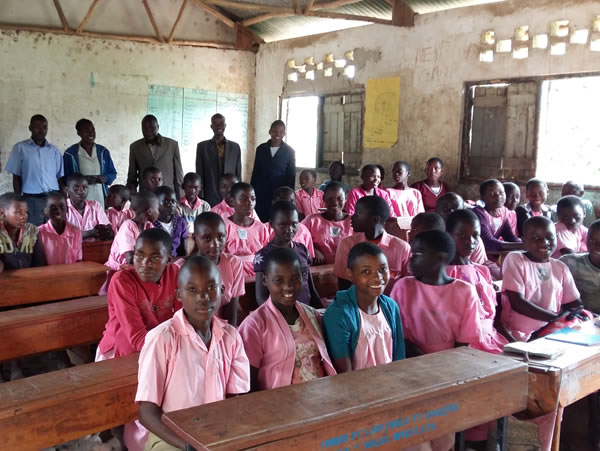The Education System in Uganda
School and Education
Since many people in Uganda struggle with, or perish from AIDS and AIDS-induced illnesses, it is often impossible for them to provide for their families. Some of the children who are left behind are taken in by their relatives. This is, of course, optimal for the children, as long as the relatives are capable of feeding them and sending them to school. Unfortunately, many families find that it is beyond their means to do so. As a result, many orphaned children become even more disadvantaged, working, for example, as agricultural labourers rather than attending school.
Some of the orphaned children have neither family nor relatives who can care for them. Bridge to Uganda covers many of these children’s school fees, so that they may, at the very least, get an education and a chance at abetter future.
Most of the schools are very simple structures. The classrooms are located in wooden or mud huts, in which over 50 In most circumstances. In most circumstances,the schools lack books and writing implements.
The farther one travels into the country, the more basic the schools become.
In school, students not only learn how to read and write, but also learn basic agricultural knowledge and how to interact socially with others, critical requirements for finding a job in the future.
Adult Education
Since many adults, particularly women, are not even capable of writing their own name, „Bridge to Uganda“ started an initiative to give people an opportunity to learn how to read and write. This gives them a better chance at success in the Ugandan workforce.
Collaboration with TeenSTAR Uganda
Within the scope of youth and adult education, we also provide assistance to further the TeenSTAR Programme (Teenstar.at).
TeenSTAR (Teenagers Seeking Practical Advice during Puberty) is a sexual education programme for youth based on maturity and responsibility.
During our previous meeting in November 2016 in Uganda, we met with teachers who had just completed their TeenSTAR training, in order to encourage them to provide additional training courses. This endeavor proved to be very successful, as we managed to organize a training session for prospective TeenSTAR teachers, starting between the 19th and 27th of January.
21 participants finished the training-workshop are now certified to teach the TeenSTAR subjects.
Sister Theresa, Ugandan coordinator for TeenSTAR Uganda, with Florence, a TeenSTAR teacher
Secondary school students in a successful TeenSTAR exam from October 2016
Consultation with TeenSTAR employees from Uganda
A meeting with married couples who were excited about building on the knowledge they acquired through TeenSTAR and sharing it with their family and community
Flavia and Christin, young, passionate, future TeenSTAR teachers
Oscar, an extremely engaged and passionate TeenSTAR teacher, with Sister Theresa
Primary school class during the training course
Account: Brücke nach Uganda
BIC : RLNWATWW939
IBAN : AT83 3293 9000 0006 0145
Overview of the Education System in Uganda
A child begins kindergarten between the ages of three and four, and continues in kindergarten for two to three years, depending on the child’s maturity.
In Uganda, from kindergarten onwards children attend school full-time; this means that they leave for school at around 7:00 A.M. and return between 4:00 and 5:30 P.M., depending on their age.
Primary school lasts seven years, after which—if finances allow— children move on to secondary school. Secondary school lasts six years, after which—if finances allow – children move on to secondary school. Secondary school then lasts six years and concludes with a final exam – the A-levels.
Students are placed inboarding schools from the third to the sixth year of secondary school, so that they can stay in the schools and be given set study hours in order to finish their assignments.
The school year begins on the first Monday of February, ends in mid- to late- November, and is divided into trimesters (three three-month periods). In addition to various vocational schools, there are also opportunities to study at the university-level.
Another option is to switch to a vocational school after the fourth year of secondary school in order to complete a two or three year professional degree.
Regardless of the path one chooses, education requires tuition; for example, studying for half a year in order to become a hairdresser can cost around 100 euros.
The cost for one child to attend kindergarten or elementary school are between 5 and 20 euros per trimester, depending on whether the child is provided lunch by the school.
The cost for the first and second years of secondary school are around 55 euros per trimester, and between the fourth and sixth years, tuition rises to between 110 and 150 euros (including boarding costs).
If you would like to sponsor a child’s education, please send a message to: eschagerl@gmail.com You may also choose to donate either annually or once per trimester to the bank account listed below—we are enormously grateful for every euro and may God bless you for your help!

